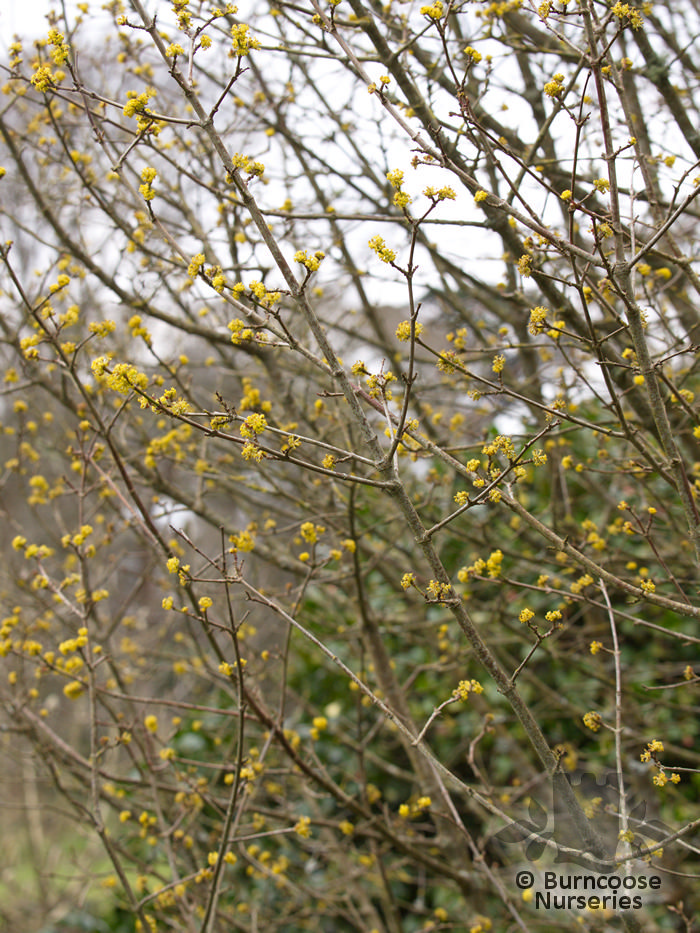

This plant will root from softwood or semi-hardwood cuttings taken in summer, and hardwood cuttings in winter. Sow seeds immediately after collection or scarify and stratify and sow the following spring.Could be used as a screen or on steep slopes. Leaf miners cause brown blister-like mines on the under-sides of leaves. Prune out the galls as soon as they are seen. The leaves on affected branch tips may be distorted and the branch may fail to form a flower bud. A great choice for shrub borders, rain gardens, along streams or ponds, and native plant gardens. Cornus mas ‘Spring Glow’: ‘Spring Glow’ Cornelian-Cherry 3 Dogwood club gall midge causes galls at the branch tips.Gray Dogwood is tolerant of dry soils and wet soils.

PRUNING CORNUS MAS FULL
Performs best in full sun or part shade in average, dry to moist, well-drained soils.Will spread to form large colonies if suckers are not removed. Resistant to most diseases and insects, Gray Dogwood can be used in erosion control, as a filler in the shrub border, or left alone to spread in naturalized areas. The foliage turns deep reddish purple in the fall. Their bright red fruit stalks persist after the berries are gone, and are quite ornamental. Pruning in subsequent years may not be carried out. They are followed by white berries, which persist into fall unless devoured by birds and other wildlife. Cornus mas care Formation of the crown and pruning of cornus mas consist of marking a trunk about 50 cm and 5 skeletal branches in the sapling, adhering to the shape of a bush. They are borne atop conspicuously red stems and attract bees and butterflies. In late spring to early summer, small creamy-white flowers appear in flattened clusters and provide a great floral show. The tree can be pruned and trained into a single stemmed tree if desired and is primarily insect and disease resistant with the exception of dogwood anthracnose.Tough and adaptable, Cornus racemosa (Gray Dogwood) is a thicket-forming, deciduous shrub with excellent blue-green foliage of elliptic to lance-shaped leaves, up to 4 in. This adaptable plant is winter hardy to -25 to -30 degrees F. The trees do best in full sun to part shade and while they do well in a variety of soils, they prefer fertile, well-draining soil with a pH of 5.5-7.5. Cornus sanguinea, Cornus stolonifera, Cornus alba and Cornus sibirica strike well from hardwood cuttings taken in winter. More often, the trees are seen as ornamental specimens, popular and planted around the 1920s.Ĭornelian cherry cultivation is suited to USDA zones 4 through 8. While historically significant, cornelian cherries have not been mass produced due to the elongated pit inside the fruit that is difficult to remove, as it is firmly entrenched in the pulp. Russians even make it into a cornelian cherry wine or add it to vodka. There is actually a myriad of other uses for cornelian cherries such as for syrups, jellies, jams, pies, and other baked goods. In fact, the ancient Greeks pickled the fruit much like olives. The ensuing fruit is initially very tart and looks much like olives. Although the plant is known primarily as an ornamental in the United States, ancient Greeks have been growing cornelian cherries for 7,000 years! Bright green glossy leaves turn purplish red in the fall. The bark of the tree is flaky, grayish brown to brown.

They bloom early in the season, even prior to forsythia, and bloom for an extended period of time, carpeting the tree in a yellow haze of tiny blossoms. The plant can live and be fruitful for up to 100 years. They are shrub-like trees that can grow up to 15 to 25 feet (4.5-8 m.) in height if left unpruned. What is a Cornelian Cherry Plant?Ĭornelian cherries ( Cornus mas) are actually members of the dogwood family and native to areas of eastern Europe and western Asia (they even survive in Siberia!). Join the RHS today and get 12 months for the price of 9.
PRUNING CORNUS MAS HOW TO
You may not be familiar with cornelian cherry cultivation and wonder what the heck is a cornelian cherry plant? Keep reading to find out how to grow cornelian cherry trees, uses for cornelian cherries, and other interesting facts about the plant. A large deciduous shrub with showy golden-yellow leaves in spring, turning yellow-green in summer before gaining autumn tints small clusters of tiny, bright yellow flowers open in late winter, to be followed by glossy red, cherry-like fruits. I’m talking about growing cornelian cherries. At maturity, it looks a bit like an elongated, bright red cherry and, in fact, its name references cherries, but it isn’t related to them at all.


 0 kommentar(er)
0 kommentar(er)
